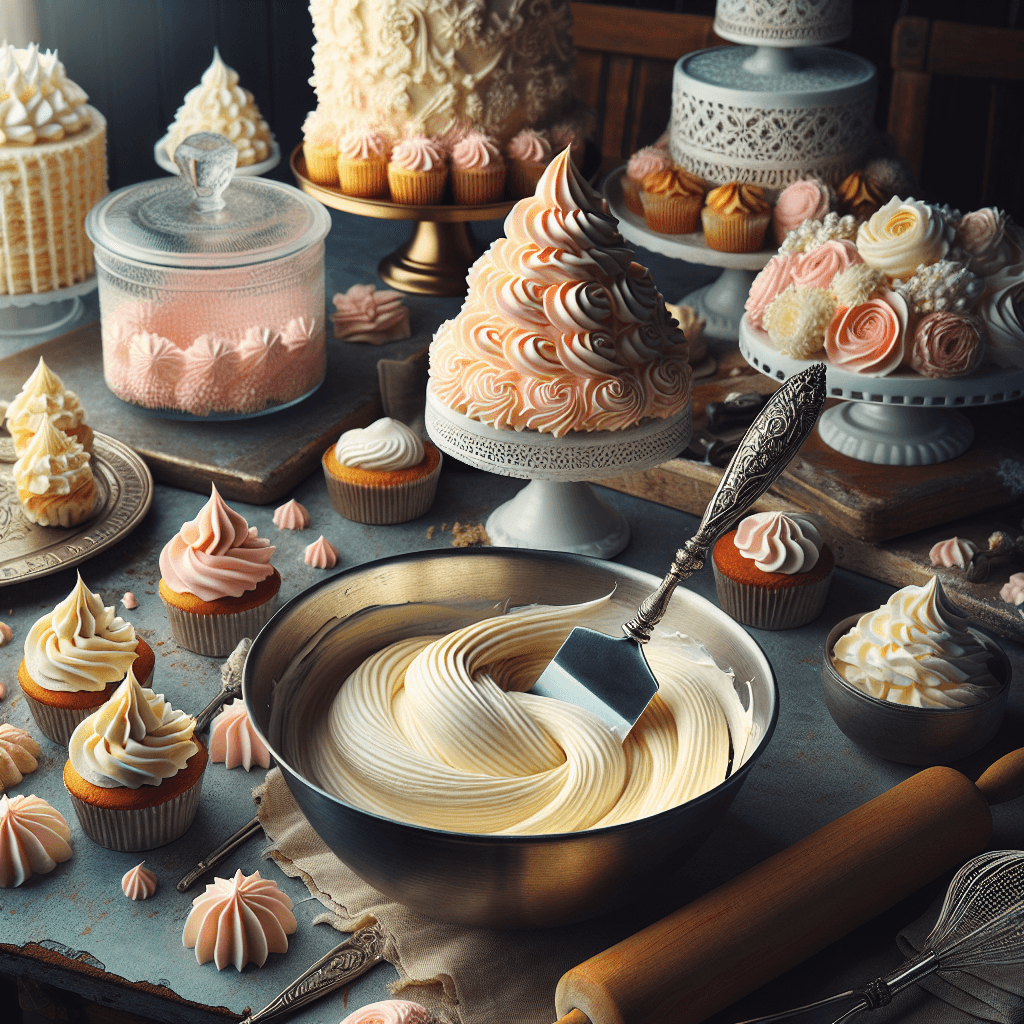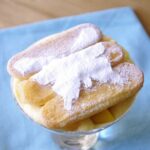Frosting is more than just a sweet topping; it’s an art that can elevate a simple cake into a showstopping masterpiece. Whether you’re preparing for a festive occasion or just indulging in a baking session at home, mastering various frosting techniques will enhance your dessert game. Let’s dive into the world of creamy toppings and fillings, exploring the types, techniques, and tips to achieve frosting perfection.
Understanding the Basics of Frosting
Types of Frosting
-
Buttercream: The most popular choice, buttercream is made primarily of butter and powdered sugar. It can be easily flavored and colored, making it versatile for various cakes and cupcakes.
- Swiss meringue buttercream: Light and silky, made with egg whites and sugar cooked together and then whipped with butter.
- American buttercream: Quick and easy, using butter, powdered sugar, and often milk or cream.
-
Cream Cheese Frosting: A tangy frosting made with cream cheese and butter, perfect for carrot or red velvet cakes. Its unique flavor profile adds depth to any dessert.
-
Whipped Cream Frosting: Light and airy, this frosting uses heavy cream whipped to soft peaks and often sweetened with sugar and vanilla. It’s ideal for light, fluffy cakes.
-
Ganache: A rich chocolate topping made from chocolate and heavy cream. When cooled, it can be poured, spread, or whipped for various textures.
- Marzipan: Though not a frosting in the traditional sense, this almond-based paste can be used for decorative toppings and to cover cakes.
Tools You’ll Need
To achieve frosting perfection, having the right tools is essential:
- Mixing Bowls: Preferably stainless steel or glass to prevent heat retention during mixing.
- Electric Mixer: A stand or handheld mixer will significantly cut down on mixing time.
- Spatulas: Rubber spatulas for scraping bowls and spreaders for icing.
- Piping Bags and Tips: For decorative frosting techniques.
- Offset Spatula: Ideal for smoothing and spreading frosting.
Techniques for Frosting Mastery
Basic Spreading Techniques
-
Crumb Coating: Start by applying a thin layer of frosting to trap crumbs. Chill the cake for 30 minutes before applying the final coat.
- Spreading: Use an offset spatula to spread your frosting evenly across the top and sides of the cake. Maintain a steady hand for smoothness.
Piping Techniques
- Swirls: Using a star or round tip, create beautiful swirls by applying consistent pressure and lifting while moving in a circular motion.
- Roses: To create rose designs, start from the center and work outward, gradually layering the petals.
- Borders: Pipe decorative borders using various tips; a plain round tip can create a simple border, while a star tip adds flair.
Filling Techniques
Consider filling cakes with complementary flavors:
- Layering: When stacking layers, spread a generous layer of filling made from fruit preserves, ganache, or buttercream between each layer.
- Filling Piping: Use a piping bag with a filling tip to inject filling into cupcakes or doughnuts for an unexpected surprise.
Tips for Frosting Success
-
Room Temperature Ingredients: Ensure that your butter and cream cheese are at room temperature for better blending and a smoother texture.
-
Sift Powdered Sugar: Sifting eliminates lumps and contributes to a creamy texture.
-
Adjust Consistency: If your frosting is too thick, add a teaspoon of milk at a time until you reach the desired consistency. If too thin, add more powdered sugar.
-
Flavoring: Experiment with different extracts, zests, or spices to personalize your frosting beyond the classic vanilla flavor.
- Practice Patience: Mastery takes time. Practice makes perfect, so don’t be discouraged by initial attempts!
Storing Frosting
Store leftover frosting in an airtight container in the fridge for up to a week. Before using, bring it back to room temperature and re-whip for the best consistency.
Conclusion
Frosting can transform an ordinary dessert into an extraordinary one, highlighting flavors and adding visual appeal. With these techniques and tips in your culinary toolbox, you’re well on your way to achieving frosting perfection. Embrace the artistry of creamy toppings and fillings, and let your creativity flourish in the kitchen. Happy baking!




